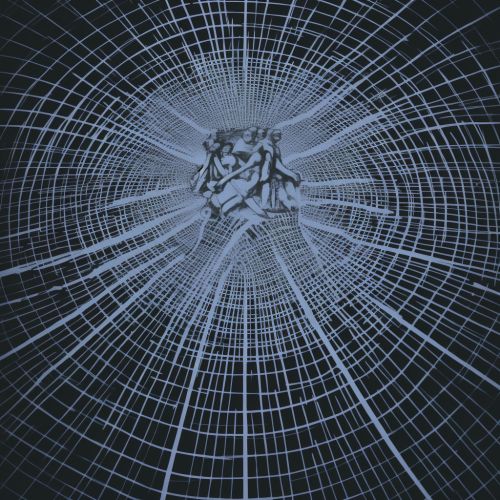Parasympathetic Nervous System
Overview
The parasympathetic nervous system (PNS) is one of the two main divisions of the autonomic nervous system (ANS), the other being the sympathetic nervous system (SNS). The PNS is responsible for the body's 'rest and digest' functions, while the SNS is associated with 'fight or flight' responses.


Anatomy and Function
The parasympathetic nervous system is composed of neurons that originate from the brainstem and the sacral region of the spinal cord. The PNS is primarily involved in maintaining homeostasis and promoting body restoration. It slows the heart rate, decreases blood pressure, stimulates digestion, and promotes the excretion of waste.
Neurotransmitters and Receptors
The primary neurotransmitter of the PNS is acetylcholine, which acts on two types of receptors: muscarinic and nicotinic receptors. These receptors are found on target organs and tissues throughout the body, and their activation leads to the physiological responses associated with the parasympathetic nervous system.
Parasympathetic vs Sympathetic Nervous System
While both the PNS and SNS are part of the autonomic nervous system, they have opposing functions. The SNS prepares the body for action, while the PNS helps the body to relax and recover. These two systems work together to maintain the body's homeostasis.
Clinical Significance
Dysfunction of the parasympathetic nervous system can lead to a variety of health issues, including cardiovascular disease, gastrointestinal disorders, and neurological conditions. Understanding the role of the PNS in these diseases can help in the development of targeted treatments.
